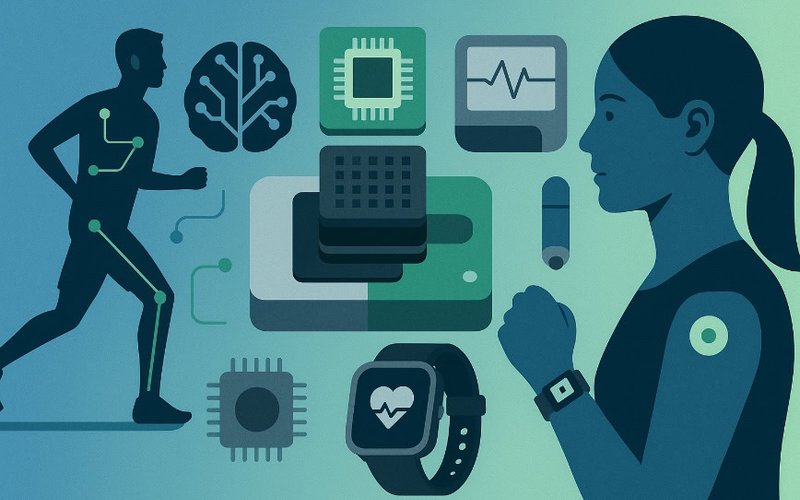Motion analysis device developer dorsaVi (ASX: DVL) has delivered its resistive random-access memory (RRAM)-powered sensor systems to Singapore for comprehensive testing in real-world biomedical contexts.
Testing will focus on edge-device functionality under realistic conditions in applications where traditional NAND flash memory has struggled to meet the write demands of biosignal applications, creating bottlenecks for wearable and mobile medical systems that require real-time processing and resulting in increased power consumption and reduced system lifespan.
The move marks a critical step in the company’s strategy to integrate the next-generation technology into its biomedical sensor platforms, enabling the speed and efficiency needed to keep up with high-frequency and advanced applications without draining power or sacrificing performance.
Ultra-Low Energy Consumption
RRAM is a non-volatile memory that stores data by switching resistance states within a metal–insulator–metal structure.
Unlike conventional charge-based memory, it can operate in binary and analog modes, offering fast access speeds, ultra-low energy consumption, and high endurance for repeated write cycles.
RRAM’s analog capability allows for finely-tuneable resistance supporting in-memory processing and synapse-like behaviour, which is critical to on-device learning and adaptive signal response.
These features make it well-suited to medical-grade wearables and for broader applications in artificial intelligence, Internet of Things, neuromorphic processors and advanced robotics where size, power and responsiveness are paramount.
Hybrid Memory Testing
dorsaVi will also test a hybrid RRAM-NAND memory configuration to demonstrate near-term performance gains, while building a pathway toward fully RRAM-based systems as the technology matures.
The company will use the results to put together a potential scaling strategy for biomedical sensors such as prosthetic control, implantables, e-skin, and closed-loop systems that can operate efficiently without draining power or sacrificing performance.
They will also directly inform dorsaVi’s product roadmap, integration timeline and readiness for clinical-grade deployment across multiple biosensing verticals.
Real-World Analysis
dorsaVi chair Gernot Abl said the company was keen to advance the commercial and technical opportunities presented by real-world movement analysis.
“The integration of RRAM into our sensor platform represents a pivotal step in our evolution toward intelligent, low-power motion systems,” he said.
“This technology enhances the performance of our existing solutions and opens the door to future applications in AI, robotics and neuromorphic computing.”
